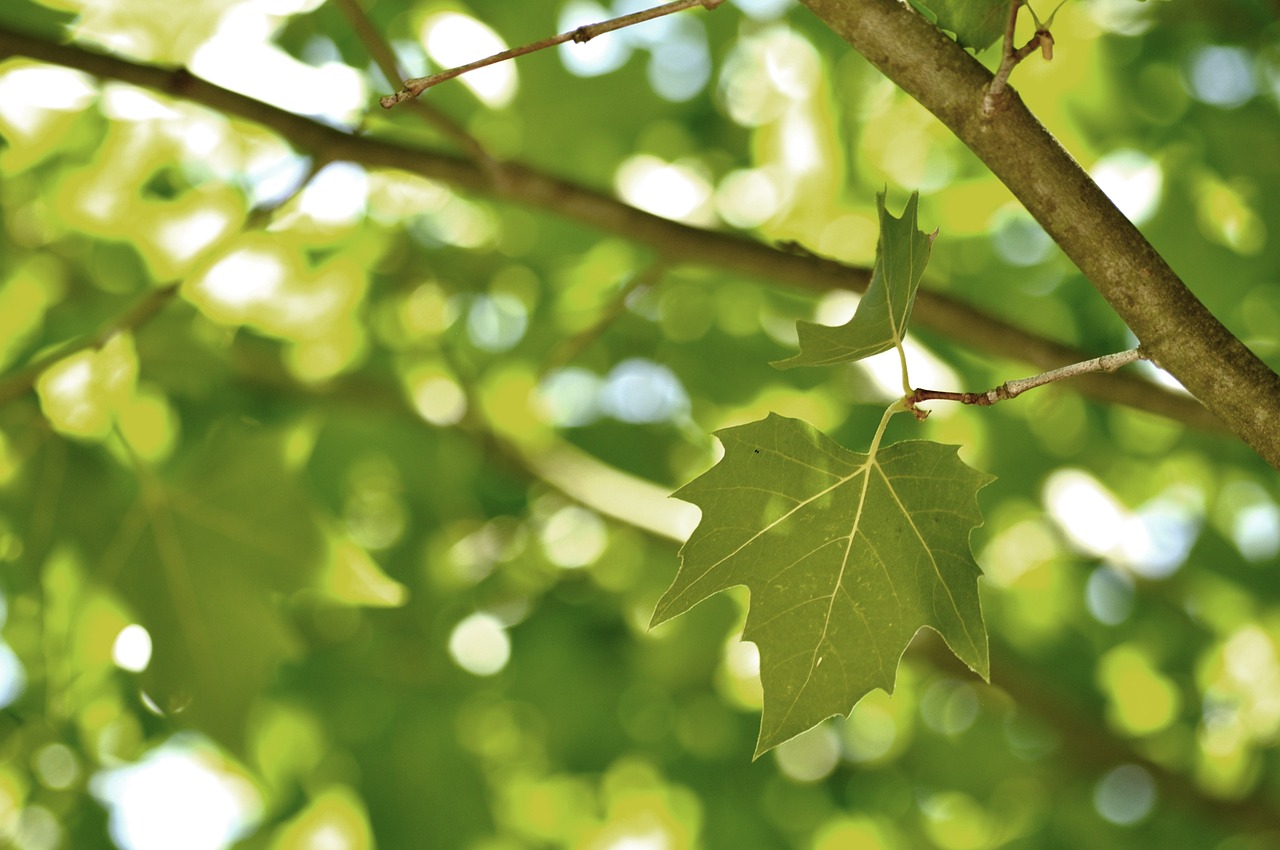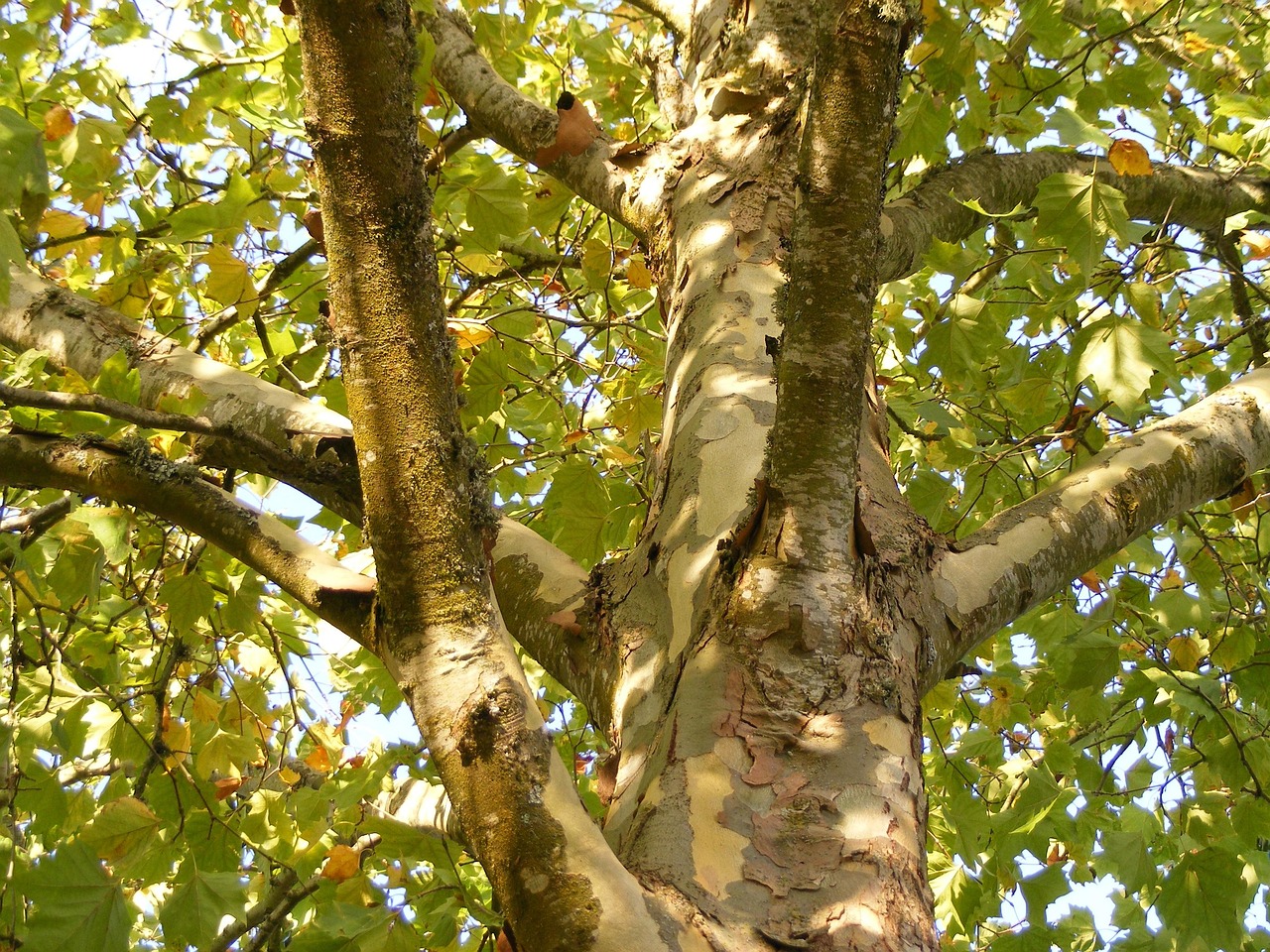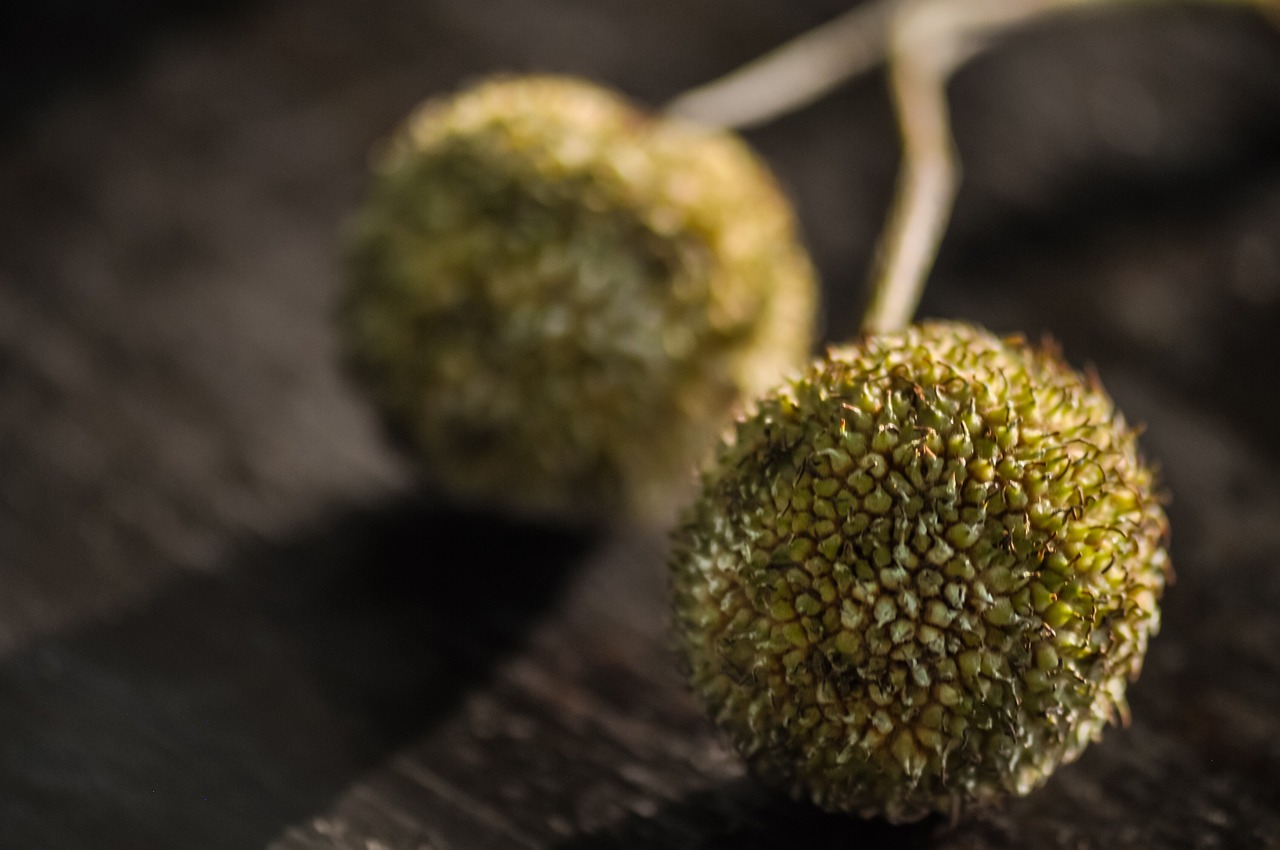London Plane trees (Platanus x acerifolia) typically exhibit a moderate growth rate, averaging 1 to 2 feet per year. Under ideal urban conditions, they can mature into large shade trees within 30 to 40 years, providing significant coverage and aesthetic appeal.
Understanding the London Plane Tree
The London Plane tree is a hybrid between the American sycamore and the Oriental plane tree. This tree is well-suited for urban environments due to its resilience and adaptability. It is particularly popular in cities for its ability to thrive in challenging conditions, such as pollution, compacted soil, and limited space.

One of the primary reasons for the London Plane’s popularity is its impressive growth rate. In urban areas, where many trees struggle to survive, the London Plane can grow vigorously. This growth not only contributes to the tree’s size but also enhances its ability to provide shade, which is essential in combating urban heat islands.
Growth Conditions for Optimal Development
To achieve optimal growth, London Plane trees require specific conditions. Here are some key factors that influence their growth rate:
- Soil Quality: Well-drained soil with a good balance of nutrients supports rapid growth.
- Water Availability: Adequate watering, especially during dry spells, promotes healthy development.
- Sunlight: These trees thrive in full sun, requiring at least six hours of direct sunlight daily.
- Space: Sufficient room for root expansion is essential, as compacted areas can hinder growth.
Growth Rate Overview
The growth rate of the London Plane tree can vary based on environmental conditions and care. Below is a simple overview of growth stages:

| Age (Years) | Height (Feet) | Growth Rate (Feet per Year) |
|---|---|---|
| 5 | 15 | 2-3 |
| 10 | 25 | 2-3 |
| 20 | 40 | 2-3 |
| 30 | 50+ | 1-2 |
The table illustrates a general expectation of how tall a London Plane tree can grow over time. The initial years see a more vigorous growth rate, which may slow down as the tree matures. Understanding these rates helps urban planners and homeowners make informed decisions about planting and maintaining these trees.
Benefits of London Plane Trees in Urban Areas
The London Plane tree offers numerous benefits beyond just shade. Here are some notable advantages:
- Air Quality Improvement: These trees absorb carbon dioxide and release oxygen, enhancing urban air quality.
- Heat Reduction: The large canopy provides cooling effects, reducing city temperatures during hot summer months.
- Aesthetic Value: Their distinctive bark and broad leaves add beauty to city landscapes.
- Biodiversity Support: They provide habitat for various wildlife, contributing to urban biodiversity.
In conclusion, the London Plane tree is an excellent choice for urban settings due to its rapid growth rate and myriad benefits. With proper care and suitable conditions, these trees can thrive, offering shade and improving the overall quality of urban life.

Factors Influencing Growth Rate
The growth rate of London Plane trees is influenced by a variety of environmental and biological factors. Understanding these factors can help urban planners, landscapers, and homeowners optimize conditions for their growth. Below are some key elements that impact the growth rate of these trees.
Soil Composition
Soil plays a critical role in the growth of London Plane trees. The ideal soil type for these trees is loamy soil, which provides a good balance of drainage and moisture retention. The following soil characteristics are important:
- Nutrient Content: High levels of nitrogen, phosphorus, and potassium promote vigorous growth.
- pH Level: A slightly acidic to neutral pH (6.0-7.0) is ideal for optimal nutrient uptake.
- Drainage: Well-drained soils prevent root rot and other diseases that can hinder growth.
Water Availability
Water is essential for the physiological processes of trees. London Plane trees are relatively drought-tolerant but thrive when they receive consistent moisture. Here are some tips for ensuring adequate water supply:
- Irrigation: Regular watering during dry spells helps maintain healthy growth.
- Mulching: Applying mulch around the base can retain soil moisture and regulate temperature.
- Monitoring: Checking soil moisture levels can prevent over-watering or under-watering.
Light Exposure
Light is crucial for photosynthesis, which fuels tree growth. London Plane trees require full sun for optimal growth. They generally need:

- At least six hours of direct sunlight daily.
- Avoidance of dense shade from surrounding structures or other trees.
Common Challenges in Urban Environments
While London Plane trees are resilient, urban environments present unique challenges that can affect their growth and health. Addressing these challenges is essential for maintaining their vigor.
Pest and Disease Management
Urban trees, including London Plane trees, can be susceptible to various pests and diseases. Some common issues include:
- Aphids: These insects can weaken the tree by sucking sap and may lead to sooty mold growth.
- Powdery Mildew: This fungal disease can affect leaves, reducing photosynthesis.
- Root Rot: Poor drainage can cause root rot, which is detrimental to tree health.
Pollution Tolerance
The ability of London Plane trees to tolerate pollution is one of their key advantages in urban settings. They can withstand:
- Air Pollution: They absorb harmful pollutants, making them excellent choices for city landscapes.
- Soil Contamination: Their robust root systems allow them to thrive even in contaminated soils.
Planting and Maintenance Practices
Proper planting and maintenance practices can significantly enhance the growth rate and health of London Plane trees. Below are some recommended practices:
Site Selection
Selecting the right site is crucial for the successful establishment of London Plane trees. Consider the following:
- Adequate Space: Ensure enough space for both root and canopy expansion to prevent competition with other plants.
- Accessibility to Sunlight: Choose locations that provide maximum sunlight exposure throughout the day.
Pruning Techniques
Regular pruning encourages healthy growth and improves the tree’s structure. Key pruning practices include:
- Removing Dead or Diseased Branches: This prevents the spread of disease and promotes better air circulation.
- Shaping the Canopy: Proper shaping helps maintain a balanced structure and reduces wind resistance.
| Maintenance Task | Recommended Frequency |
|---|---|
| Irrigation | As needed, especially in dry spells |
| Fertilization | Every 1-2 years in spring |
| Pruning | Every 2-3 years or as needed |
The table outlines essential maintenance tasks and their recommended frequencies, helping ensure that London Plane trees remain healthy and thrive in urban settings.
Role of London Plane Trees in Urban Ecosystems
London Plane trees are not only valued for their shade and aesthetic appeal but also play a vital role in urban ecosystems. Their presence contributes significantly to the health and sustainability of city environments. Below are some of the key functions they serve.
Carbon Sequestration
As urban areas continue to expand, the need for effective carbon management becomes increasingly important. London Plane trees are efficient at sequestering carbon dioxide, helping to mitigate climate change. Some important points regarding their carbon sequestration abilities include:
- Large Canopy Size: The broad leaves of London Plane trees allow for a higher rate of photosynthesis, which aids in absorbing carbon dioxide.
- Longevity: Mature trees can store significant amounts of carbon over their lifespan, contributing to long-term carbon management strategies.
Stormwater Management
Urban areas often face challenges with stormwater runoff, leading to potential flooding and water quality issues. London Plane trees assist in managing stormwater through:
- Root Systems: Their extensive root networks absorb water, reducing runoff.
- Canopy Cover: The canopy intercepts rainfall, allowing for gradual absorption into the soil.
Temperature Regulation
Urban heat islands are a common phenomenon, where city areas experience higher temperatures than surrounding rural areas. London Plane trees help combat this effect through:
- Shade Provision: The dense foliage provides shade for buildings and pavements, reducing surface temperatures.
- Evapotranspiration: The process of water evaporation from leaves cools the surrounding air, contributing to lower temperatures.
Cultural and Historical Significance
The London Plane tree has a rich cultural and historical significance in various cities around the world. Their historical importance can enhance community identity and pride. Here are some notable aspects:
Symbol of Urban Resilience
London Plane trees have often been planted in cities as symbols of resilience against urban challenges. Key points include:
- Post-War Urban Renewal: They were widely planted after World War II as part of rebuilding efforts, symbolizing hope and renewal.
- Cultural Heritage: Many city planners value these trees as part of urban heritage, maintaining a connection to the past.
Aesthetic and Recreational Value
The aesthetic appeal of London Plane trees enhances urban landscapes. Their presence in parks and streetscapes contributes to recreational spaces by:
- Providing Beauty: Their distinctive bark and large leaves create visually appealing environments.
- Encouraging Outdoor Activities: Shade from these trees makes public spaces more inviting for people to gather and engage in recreational activities.
Ecosystem Services Provided by Urban Trees
In addition to their specific roles, London Plane trees contribute to broader ecosystem services that benefit urban environments. These services include:
Biodiversity Enhancement
Urban biodiversity is crucial for maintaining healthy ecosystems. London Plane trees support various forms of wildlife:
- Nesting Sites: The tree’s sturdy branches provide ideal nesting sites for birds.
- Food Source: The leaves and seeds can serve as food for various insects and other wildlife.
Noise Reduction
Trees can act as natural sound barriers in urban areas. The London Plane tree helps reduce noise pollution by:
- Dampening Sound Waves: The dense foliage absorbs sound, providing quieter environments.
- Creating Buffer Zones: Planting rows of these trees along busy roads can create buffers that minimize traffic noise.
Future Considerations for London Plane Trees
The future of London Plane trees in urban settings depends on several factors, including climate change adaptation and ongoing urban development. Here are some future considerations:
- Climate Resilience: Selecting disease-resistant varieties and understanding climate adaptability will be important for their survival in changing conditions.
- Sustainable Practices: Implementing sustainable planting and maintenance practices will ensure these trees continue to thrive in urban landscapes.
By understanding the multifaceted roles of London Plane trees, cities can better appreciate their value, plan for their preservation, and promote their planting as an essential component of urban ecosystems.
Challenges and Opportunities for Urban Forestry
The management of London Plane trees in urban settings presents both challenges and opportunities. As cities continue to develop, understanding these factors becomes crucial for effective urban forestry practices.
Challenges in Urban Environments
Urban environments pose various challenges to the health and growth of London Plane trees. Some of the main challenges include:
- Limited Space: Many urban areas have restricted space for tree growth, leading to competition for resources with other plants and infrastructure.
- Soil Compaction: High foot traffic and construction activities can compact the soil, limiting root expansion and nutrient uptake.
- Pollution: While London Plane trees are tolerant of pollution, excessive levels can still affect their health and growth rates.
- Changing Climate: Climate change can introduce new pests and diseases, which may threaten the health of these trees.
Opportunities for Enhancing Urban Green Spaces
Despite the challenges, there are significant opportunities for promoting the growth and health of London Plane trees in urban areas:
- Community Engagement: Involving local communities in tree planting and care fosters a sense of ownership and responsibility, leading to better maintenance.
- Green Infrastructure Planning: Integrating trees into urban planning creates multifunctional green spaces that provide ecological, social, and economic benefits.
- Education and Awareness: Educating the public about the importance of urban trees can encourage more support for tree preservation and planting efforts.
Innovative Approaches to Urban Tree Management
To address the challenges faced by London Plane trees, innovative approaches can be implemented:
- Soil Management Techniques: Utilizing soil amendments and aeration techniques can improve soil quality and promote healthier root systems.
- Use of Technology: Employing technology such as tree health monitoring systems can help track growth patterns and identify issues early on.
- Adaptive Planting Strategies: Choosing the right location and conditions for planting London Plane trees can optimize their growth potential.
Final Thoughts
The London Plane tree is a remarkable species that offers numerous benefits to urban environments. Its ability to grow rapidly, adapt to various conditions, and enhance urban landscapes makes it an invaluable asset in cities. However, the management of these trees requires careful consideration of environmental factors, ongoing maintenance, and public engagement.
As cities face the realities of climate change and urbanization, prioritizing the planting and care of London Plane trees can contribute significantly to improving air quality, reducing heat, and enhancing overall urban resilience. By fostering a culture of sustainability and appreciation for urban forestry, communities can ensure that these majestic trees continue to thrive for generations to come.
The future of London Plane trees is bright if appropriate measures are taken. With a focus on sustainable practices, community involvement, and innovative management strategies, these trees can help create greener, healthier urban environments. Investing in urban greenery not only improves quality of life but also supports biodiversity and ecological balance, ultimately leading to more sustainable cities.
